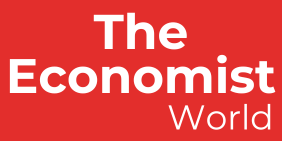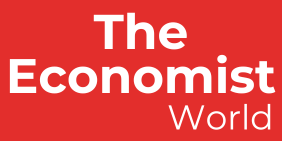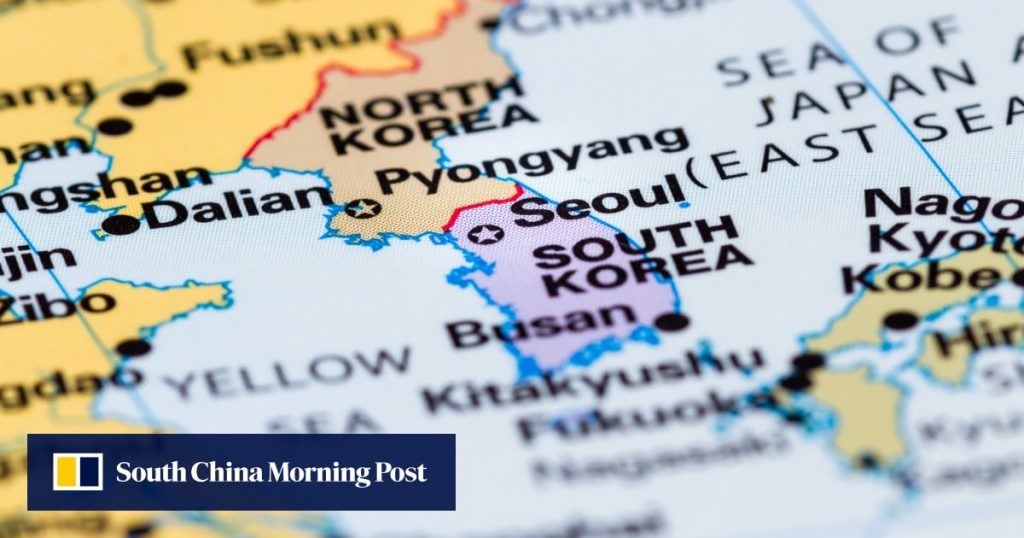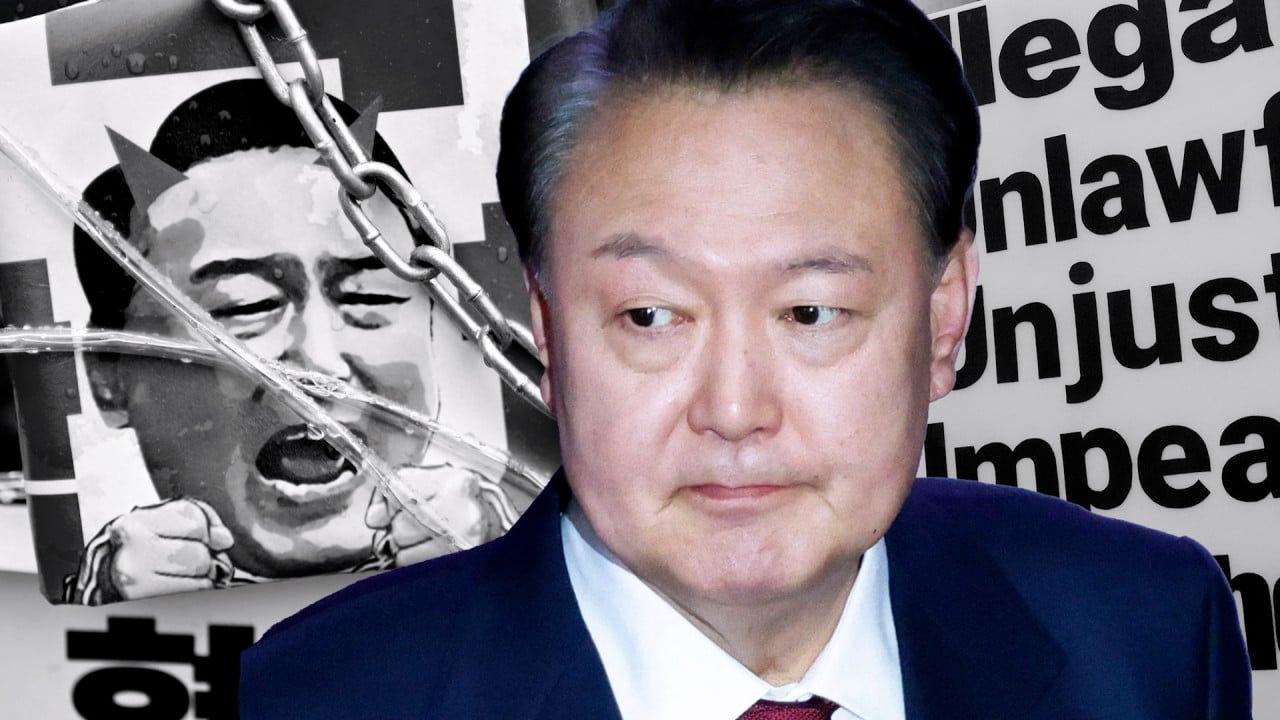The inaccuracies, found in educational materials from 81 countries, were revealed by the state-run Board of Audit and Inspection on Tuesday. It accused several embassies of neglecting repeated notices to address the distortions, some of which date back as far as 2021.
South Korean embassies are expected to flag inaccuracies to local education authorities and publishers, provide corrected information, and follow up diplomatically to ensure changes are made. Success depends largely on the embassy’s engagement and the responsiveness of local institutions.
According to the Maeil Business Newspaper, Laotian textbooks described South Korea as an agrarian society, with 63 per cent of its population working as farmers in rural areas. In reality, agriculture now accounts for just over 5 per cent of total employment in the country, according to the 2023 World Bank data.
They also misrepresented the origins of the Korean writing system, claiming it resembled Chinese characters and was developed in 1446 – a confused reference to Hangeul, Korea’s actual script, which was adopted that year and bears little resemblance to Chinese characters. The same books also assert, incorrectly, that Korea was under Russian occupation from 1864 to 1875.
Some Hungarian textbooks claim the Korean peninsula had been colonised by Spain from 1750 to 1850 – a period during which there is no record of Spanish presence in the region. One textbook reportedly claimed the Korean peninsula was part of the “Empire of Genghis Khan” – a historical inaccuracy, as Korea was never ruled by Genghis Khan, though it later became a vassal of the Mongol-led Yuan dynasty under his successors.



